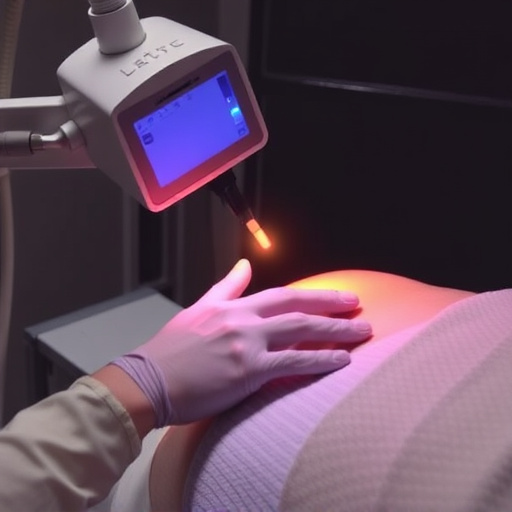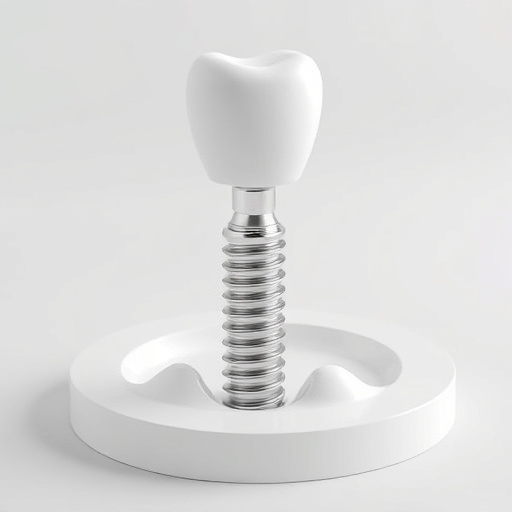Root canal treatment saves damaged or infected teeth with a gentle procedure, removing infected pulp and cleaning root canals. Modern techniques, anesthesia, and follow-up care ensure comfort and healing, preserving smiles and chewing function over extraction.
Considering a gentle root canal treatment? You’re not alone. Modern dentistry offers advanced, pain-free options for this essential procedure. Our trusted professionals guide you through understanding root canal procedures, identifying when it’s needed, and what to expect before and after. Take control of your oral health with informed decisions about this transformative root canal treatment.
- Understanding Gentle Root Canal Procedures
- Who Needs Root Canal Treatment?
- What to Expect During and After the Process
Understanding Gentle Root Canal Procedures

A gentle root canal procedure is a minimally invasive treatment that aims to save a damaged or infected tooth instead of removing it. It’s a popular and effective solution for patients experiencing pain or inflammation due to tooth decay, cracks, or other dental issues reaching the inner layers of the tooth. During this procedure, a dentist carefully removes the infected pulp and cleans the root canal, eliminating any bacteria and promoting healing.
This approach is often preferred as an alternative to extraction, especially for those who want to maintain their natural smile and chewing functionality. After the root canal, a dental crown might be recommended to restore the tooth’s strength and appearance. Many trusted family dentistry practices offer gentle root canal treatments using modern techniques and technology to ensure patients’ comfort and satisfaction, sometimes even providing sedation options to make the process more relaxed.
Who Needs Root Canal Treatment?

Root canal treatment is a common procedure that can save a severely damaged or infected tooth. It’s recommended for individuals experiencing significant tooth pain, especially when caused by an abscessed pulp—a condition often resulting from deep caries or dental trauma. This treatment is particularly crucial for those who prefer to avoid more invasive procedures like tooth extractions and want to maintain comprehensive dental care.
Unlike the common perception, root canal treatments are not painful, thanks to modern anaesthetics. In fact, it can help alleviate the discomfort associated with infected teeth, promoting better oral health. The process involves removing the infected pulp, cleaning and shaping the root canal, and sealing it to prevent future infections, all while ensuring a healthy smile through restorative dentistry techniques.
What to Expect During and After the Process

During a root canal treatment, patients can expect a comfortable experience thanks to advanced techniques and local anesthesia. The procedure involves carefully accessing the infected or inflamed pulp inside the tooth, removing the damaged tissue, and cleaning the root canal. This is followed by filling and sealing the channel to prevent further infection. After the treatment, you may feel some sensitivity or mild discomfort for a few days, which can be managed with over-the-counter pain relievers. It’s advisable to stick to soft foods during this period and avoid extreme temperatures in food and drinks.
Regular follow-up visits are crucial to ensure the success of the root canal treatment. Your dentist will monitor the healing process and may recommend further procedures, such as a crown placement, to restore the tooth’s function and appearance. Remember that timely action during a dental emergency, including infected teeth, is vital. Regular routine oral exams can help identify potential issues early on, ensuring prompt and effective treatments like root canal therapy, which effectively saves natural teeth.
Root canal treatment doesn’t have to be a daunting procedure. With gentle techniques and trusted professionals, it can be a comfortable and effective solution for saving your natural teeth. By understanding the process, knowing who needs this care, and preparing for both during and after treatments, you can make an informed decision that promotes your oral health and well-being.














